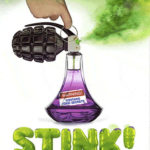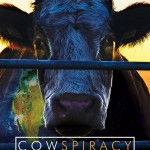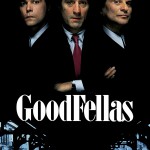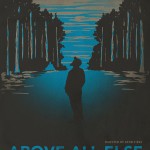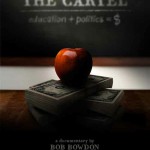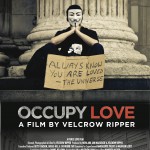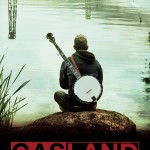This year’s Oscar nominees for Best Documentary include heavy-hitting stories of violence across the world and the harrowing tales behind two of America’s best known soul artists. But in an era where it seems all documentaries are trying to push some kind of agenda, it’s important to ask: How accurate are these movies, anyway?
Amy:
Amy tells the tragic life and death tale of the English singer Amy Winehouse, who was known as much for her sultry vocals and eclectic sound as she was for her excessive drug use. The documentary uses authentic home footage from Winehouse’s childhood all the way up through her death in 2011 from alcohol poisoning. The way director Asif Kapadia utilizes existing footage and Winehouse’s own song lyrics to tell her story, instead of talking heads and on-camera testimonials, lends an air of authenticity to the film. It gives viewers a look behind the scenes and tells the complete story.
Cartel Land:
In Cartel Land we see how two vigilante groups on two different sides of the American border respond to increasing threats of violence from the Mexican drug cartels. On one side, there is the anti-cartel group called the Autodefensas, which has dedicated itself to putting an end to the violence perpetuated by the cartel in Michoacan. On the other is a para-military group, known as the Arizona Broder Recon, that started with the goal of stopping illegal immigration but has since switched its focus to keeping cartel activity out of the United States. Matther Heineman, the filmmaker, tries hard to make the tale of vigilantes fighting drug traffickers fit into a neat, Hollywood story arc. But unfortunately, the truth is always a bit more complicated than a Hollywood movie, and many important facts get glossed over. This film leaves a lot to be desired in the truth department.
What Happened, Miss Simone?:
Nina Simone began her career as a jazz singer at a night club in Atlantic City, where she performed nightly for small crowds. From there she shot to the top of the R&B charts with several iconic hits. What happened, Miss Simone? gives an all-encompassing look at Simone’s rise as a musician and prominent figure in the civil rights movement, and doesn’t pull punches when detailing her bi-polar disorder and issues with tax collectors. Simone Kelly, daughter of Nina Simone (whose real name is Eunice Waymon), said the film accurately depicts her mother “in her own voice, on her own terms.”
Winter on Fire: Ukraine’s Fight for Freedom:
In 2014, a popular uprising in Ukraine unseated president Viktor Yanukovych after he sided with Russia when a large portion of the country’s population wanted to strengthen ties with Europe. Winter on Fire takes more of a man-on-the-ground approach to storytelling than the other documentaries nominated for the award, and as a result, paints a one-sided picture of what happened in Kiev. While the account of what happened in Maidan Square – the epicenter of the protests – is true, it ignores vast swaths of the country’s Eastern provinces whose people are still fighting for greater independence or Russian annexation. As a result, the film leans heavily on one side of the debate, and doesn’t provide a fair portrait of a complex event.
The Look of Silence:
Adi Rukun is a middle-aged optometrist whose older brother was one of thousands of innocent people accused of being communists and brutally murdered by members of an Indonesian killing squad during a 1965 military takeover. In The Look of Silence, Rukun goes in search of all the men who had a hand in killing his brother to hold them accountable for the event. The film is shot through Rukun’s eyes as he seeks a way to forgive the men who killed his brother and achieve closure. While the film show’s one man’s mission to find meaning, the facts are fairly straight-forward, and it is largely free of any spin.






